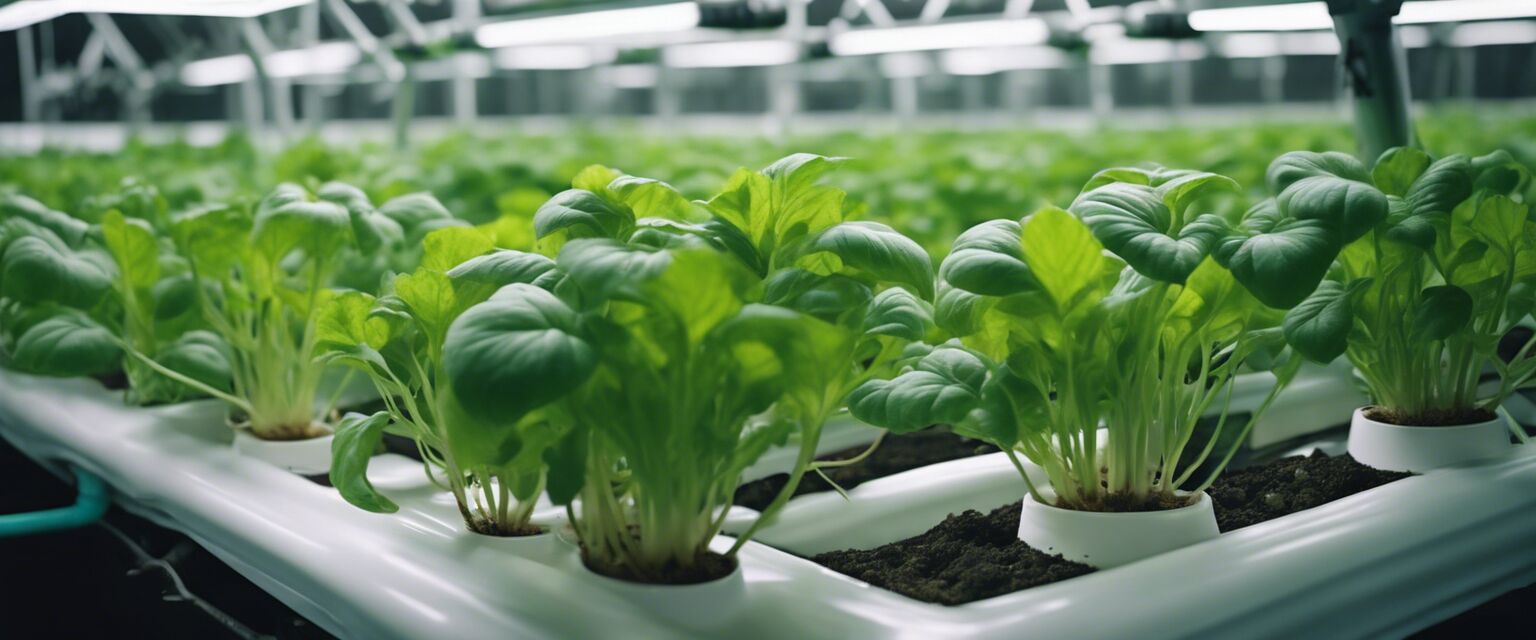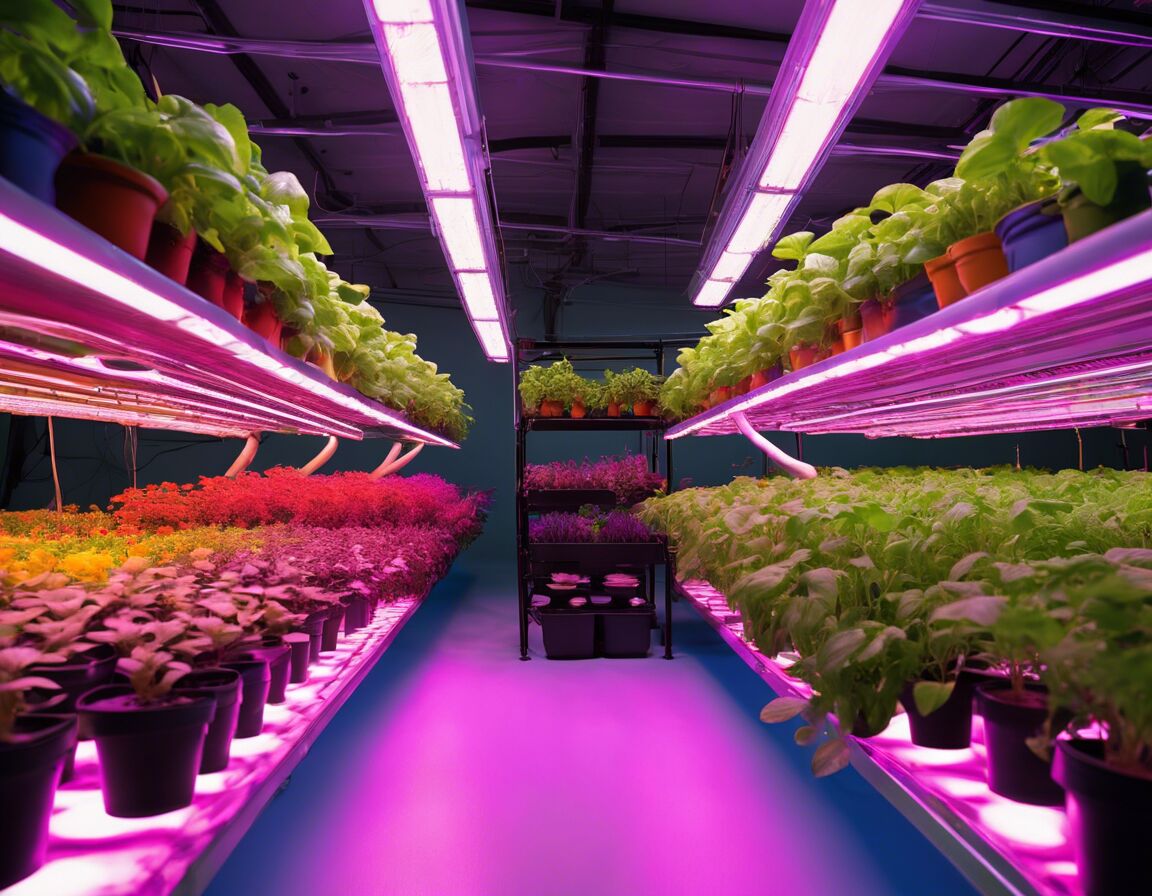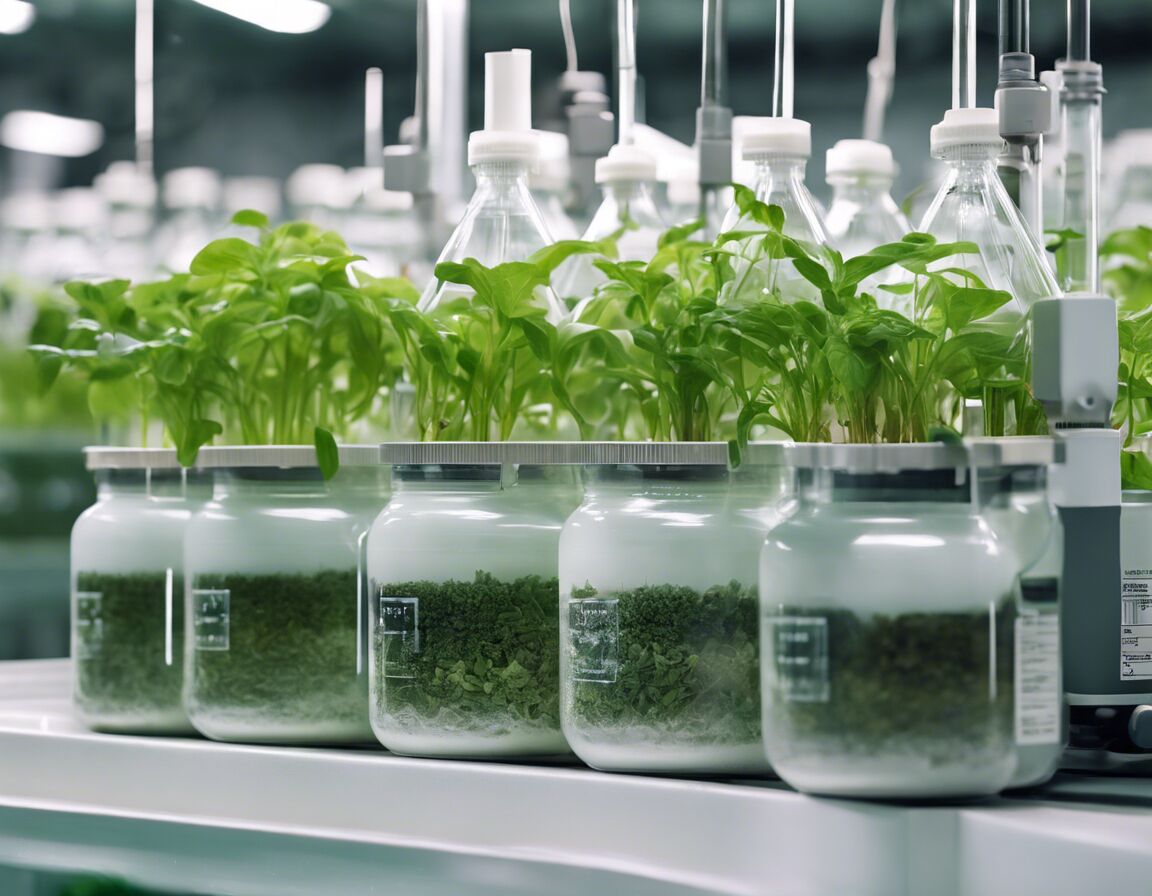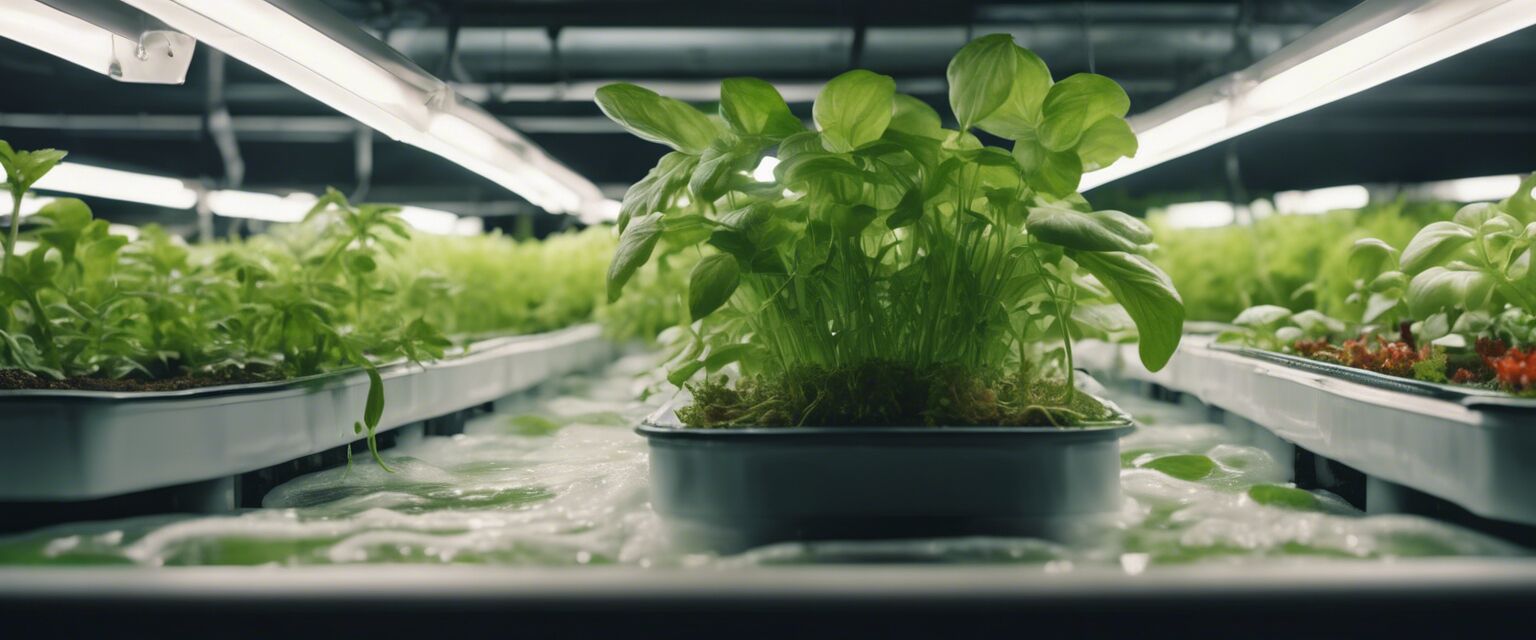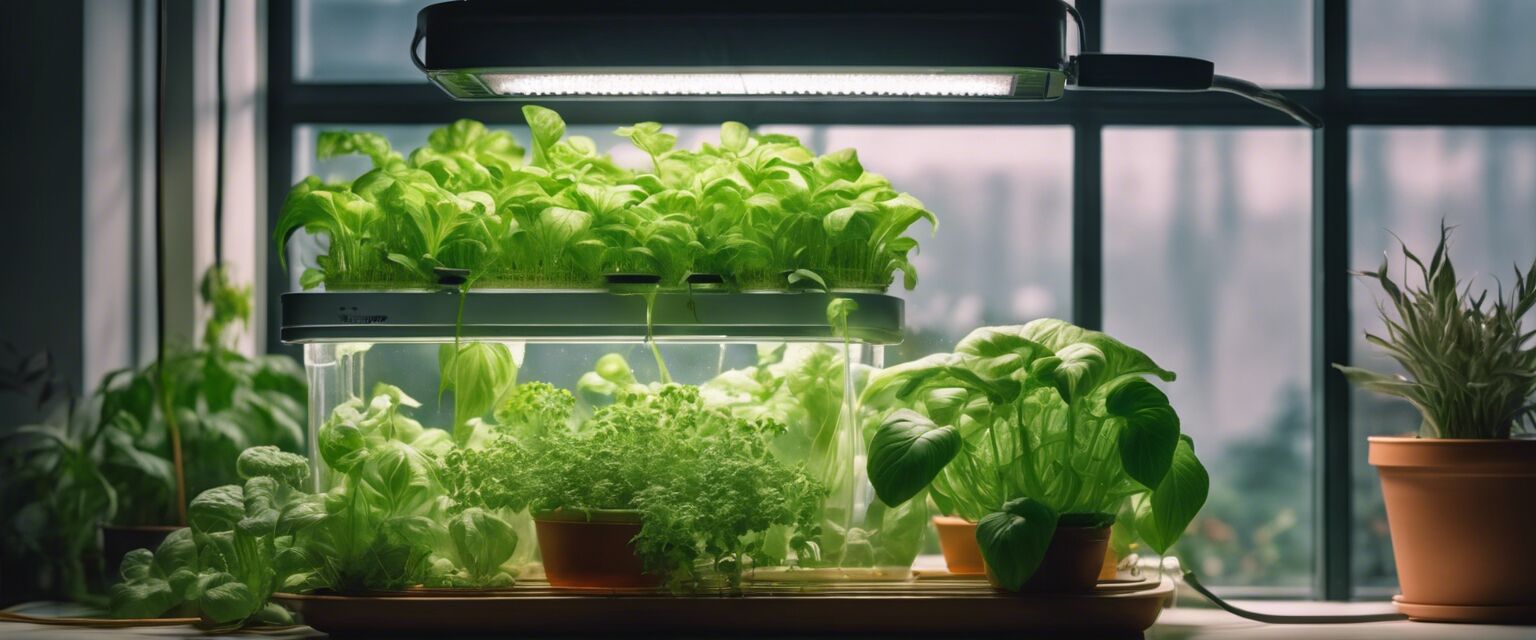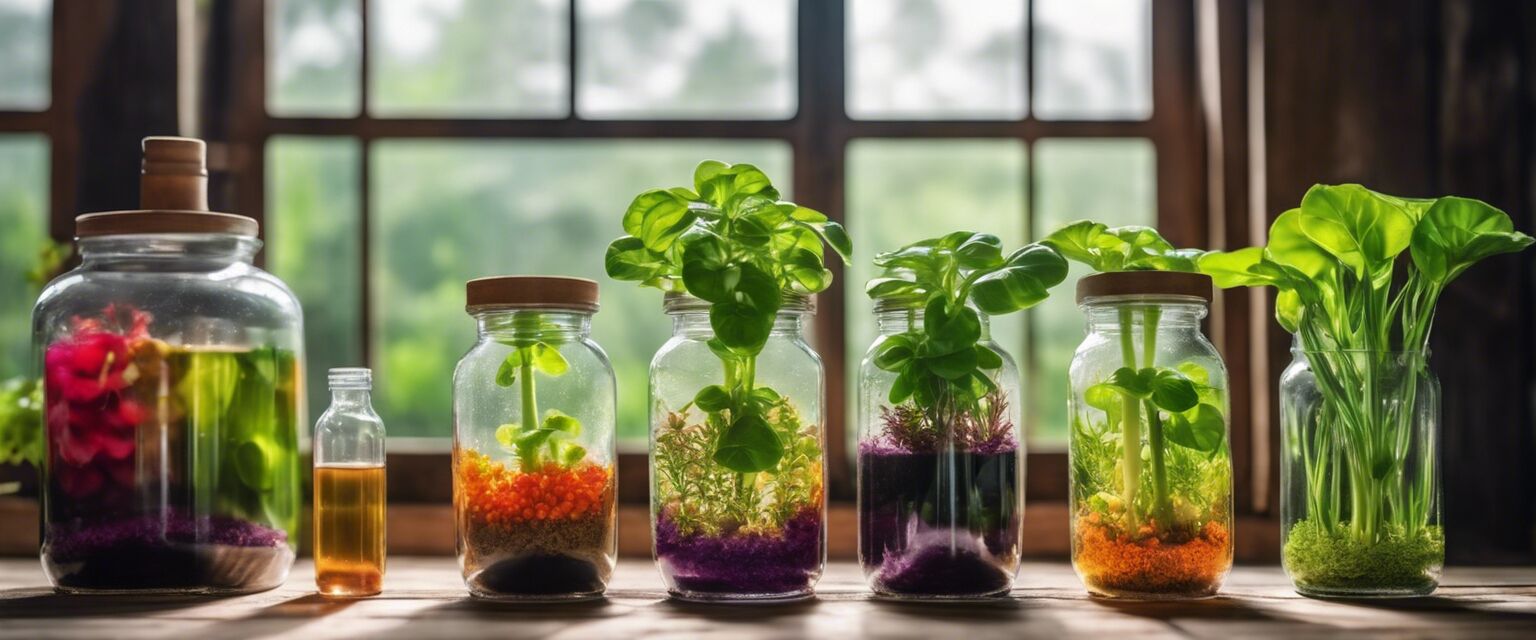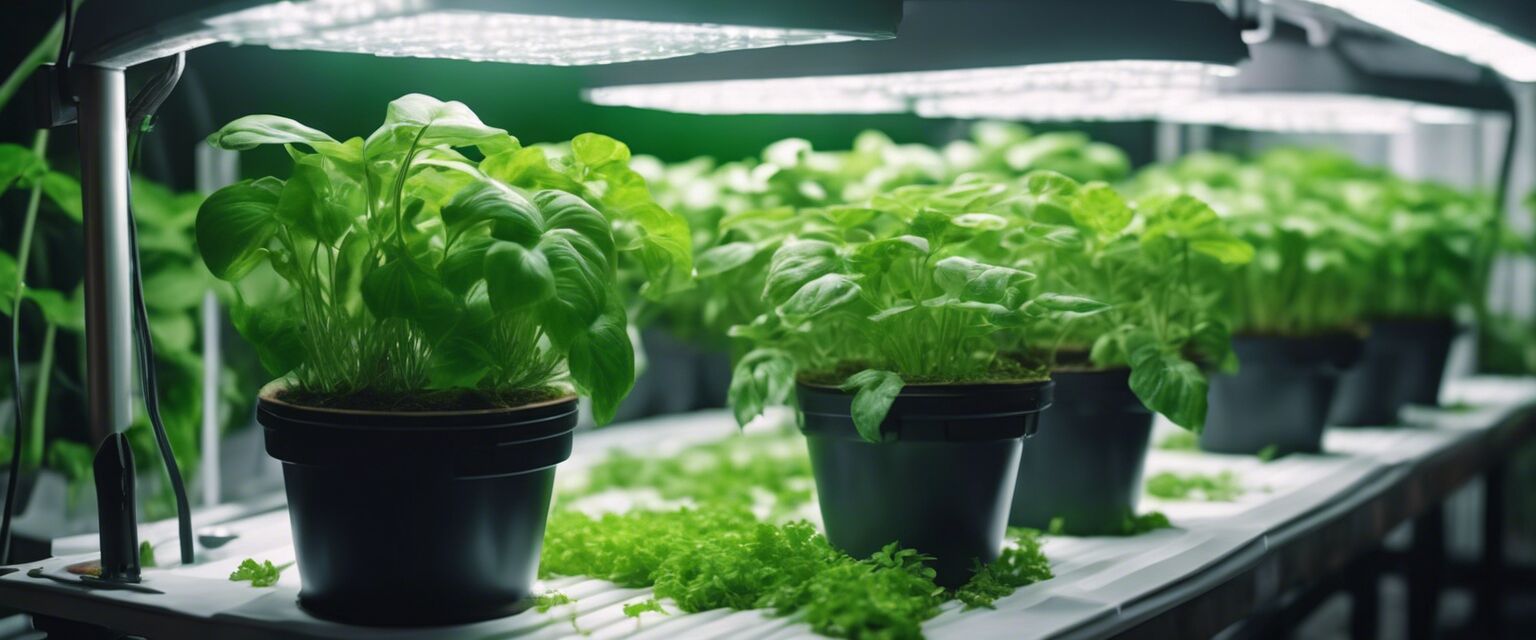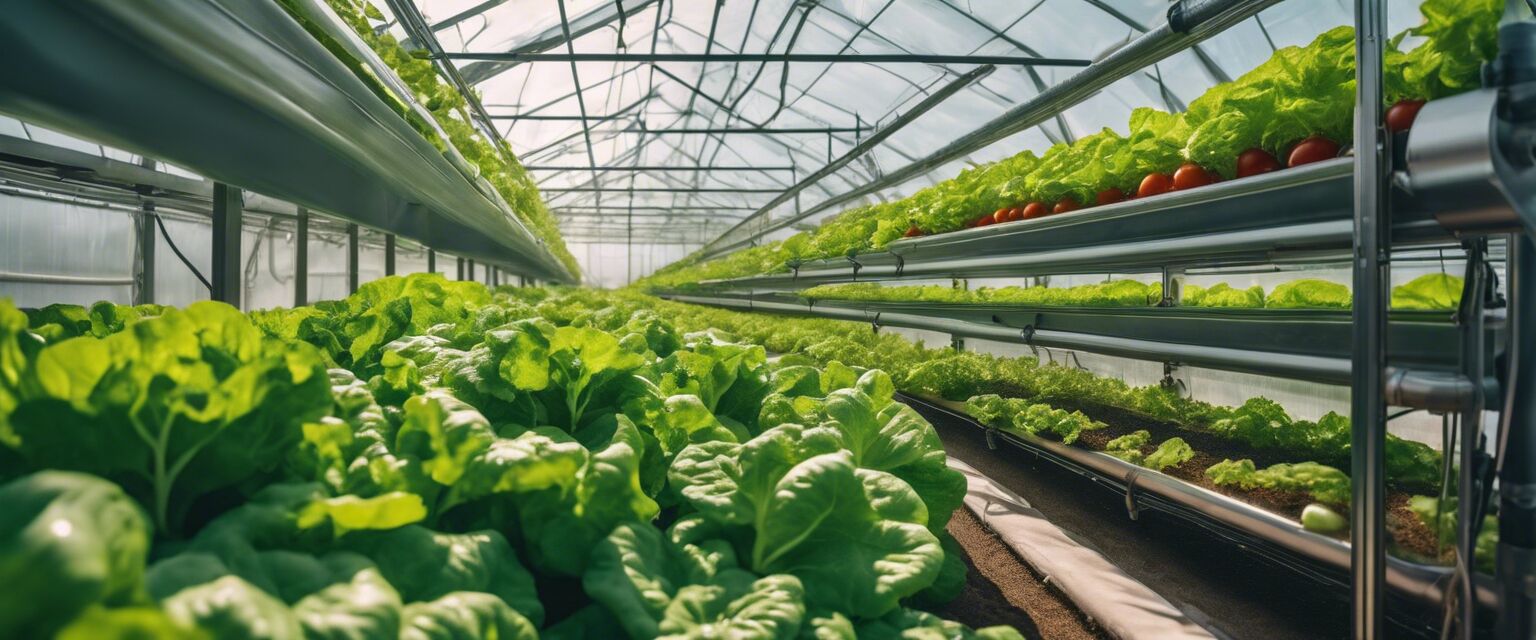
Equipment and supplies
Key Takeaways
- Hydroponic gardening requires specific equipment for successful plant growth.
- Essential supplies include nutrient solutions, grow lights, and monitoring sensors.
- Understanding costs can help budget your hydroponic setup effectively.
- Many supplies can be sourced from local gardening stores or online retailers.
Hydroponic gardening is an innovative method of growing plants without soil, relying on nutrient-rich water solutions instead. For anyone interested in starting their own hydroponic garden, understanding the essential equipment and supplies is crucial. This guide will explore the necessary items, their costs, and where to buy them.
Essential hydroponic gardening equipment
When setting up a hydroponic garden, different types of equipment play vital roles. Hereâs a breakdown of the essential gear youâll need:
| Equipment | Description | Estimated Cost |
|---|---|---|
| Hydroponic system | A structure or setup designed for growing plants in a nutrient solution. | $50 - $500 |
| Grow lights | Artificial lights that provide the necessary spectrum for plant growth. | $30 - $300 |
| Nutrient solutions | Water-soluble fertilizers that supply essential nutrients to plants. | $10 - $100 |
| Monitoring sensors | Devices that track environmental conditions like pH and temperature. | $20 - $200 |
| Pumps and aeration | Equipment that circulates water and adds oxygen to the nutrient solution. | $15 - $150 |
Cost breakdown of hydroponic supplies
The cost of setting up a hydroponic garden can vary widely based on the scale and type of system you choose. Below is a cost comparison for various setups:
| System Type | Initial Setup Cost | Monthly Maintenance Cost |
|---|---|---|
| Deep Water Culture | $100 - $300 | $20 - $50 |
| Nutrient Film Technique | $150 - $400 | $30 - $70 |
| Ebb and Flow | $200 - $500 | $25 - $60 |
| Drip System | $100 - $350 | $15 - $40 |
Where to buy hydroponic equipment
Here are some options for purchasing hydroponic equipment and supplies:
- Local gardening stores: Great for advice and immediate purchases.
- Online retailers: Websites like Hydroponic Systems and Nutrient Solutions typically offer a wide selection.
- Specialty hydroponic shops: These stores focus solely on hydroponic products.
- Home improvement stores: Some carry basic hydroponic supplies.
Additional hydroponic supplies
In addition to the main equipment, you may find the following supplies useful:
- Growing media: Such as Rockwool or clay pellets.
- Water testing kits: To monitor pH and nutrient levels.
- Seedling trays: For starting plants before transferring them to the main system.
- Net pots: To hold plants securely in place.
Tips for beginners
Starting a hydroponic garden can be overwhelming, but these tips will help:
- Start small: Begin with a simple system to learn the basics.
- Research: Understand the specific needs of the plants you wish to grow.
- Monitor regularly: Keep an eye on water levels, nutrient concentrations, and plant health.
- Join a community: Engaging with other hydroponic gardeners can provide support and inspiration.
Conclusion
Hydroponic gardening is an exciting and efficient way to grow plants. By investing in the right equipment and supplies, you can create a thriving hydroponic garden. Whether you're a seasoned gardener or a complete beginner, understanding these essentials will help you succeed in your hydroponic endeavors.
Pros
- Faster growth rates compared to traditional gardening.
- Space-efficient, ideal for urban settings.
- Year-round gardening regardless of climate.
- Reduced water usage compared to soil gardening.
Cons
- Initial setup costs can be high.
- Requires constant monitoring and maintenance.
- Potential for equipment failure if not properly maintained.
- Learning curve for beginners.
